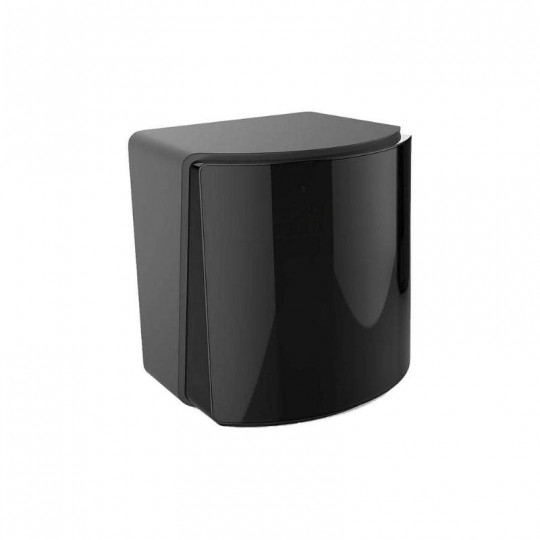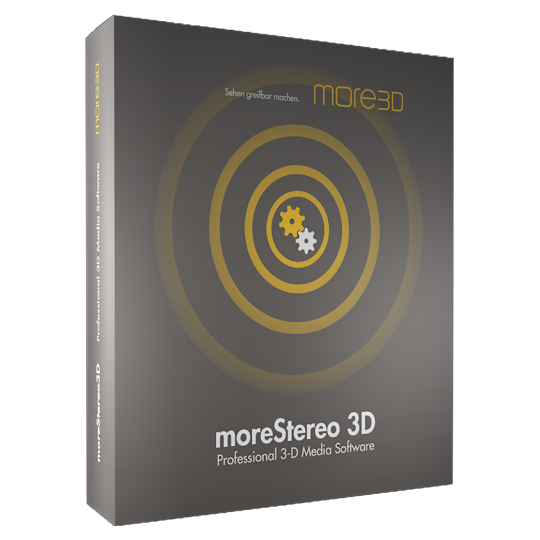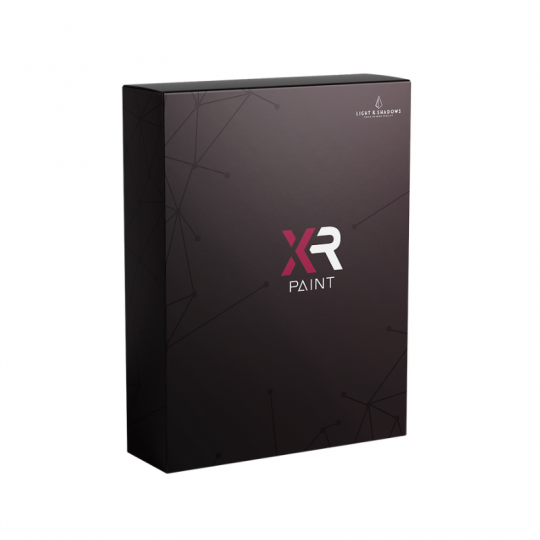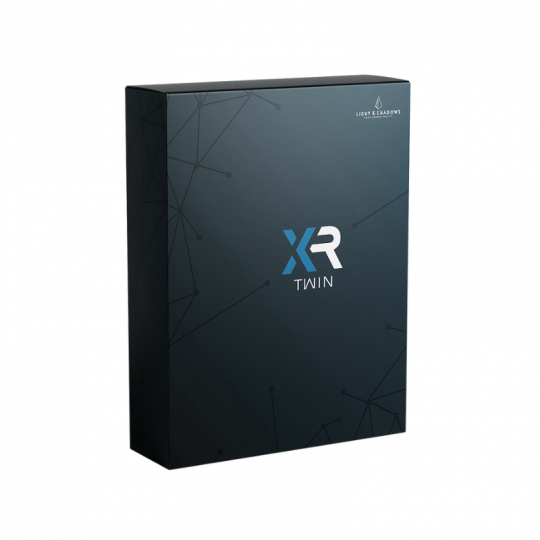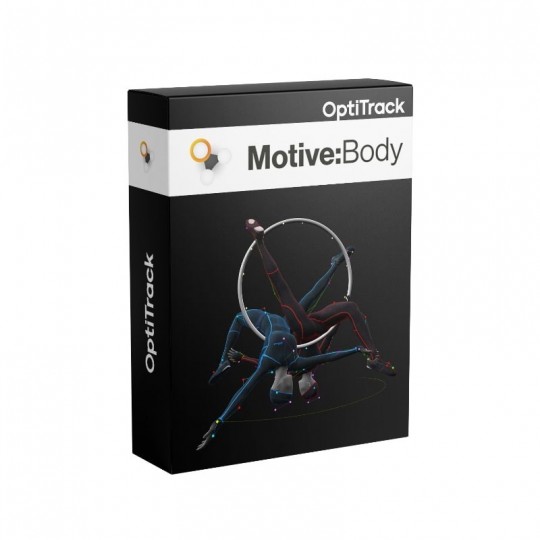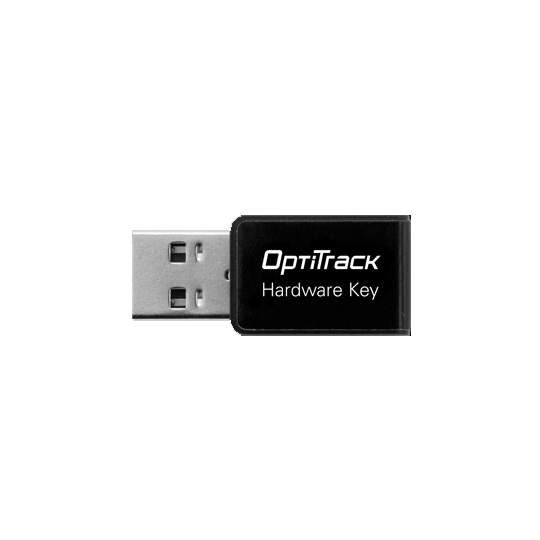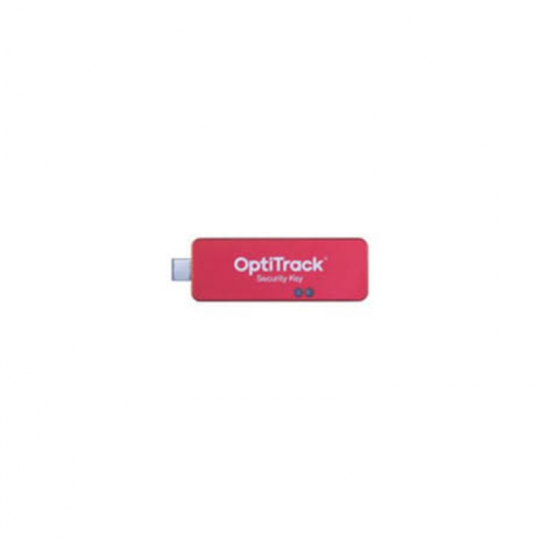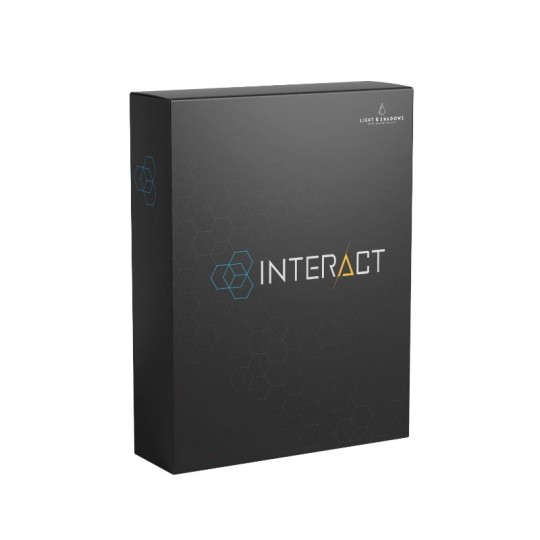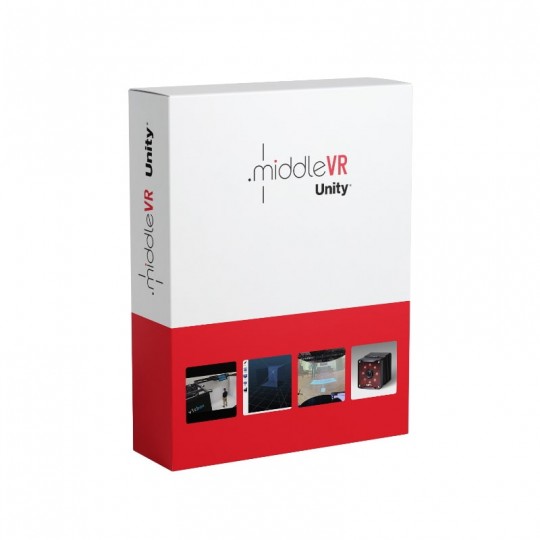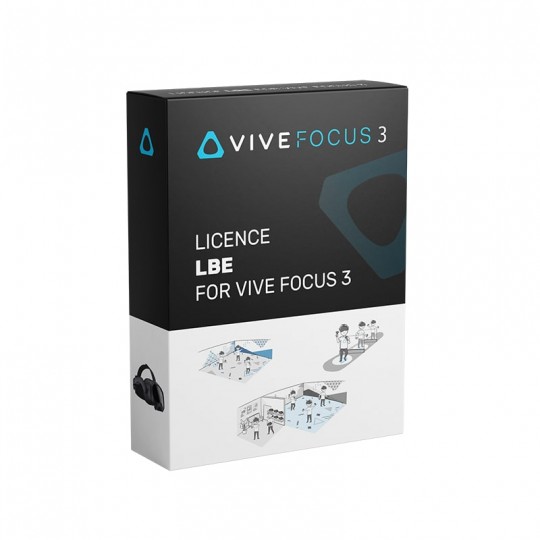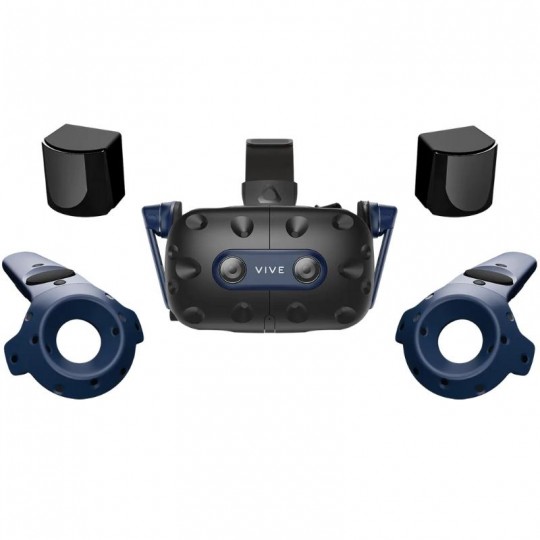
Software
Virtual reality (VR), augmented reality (AR) and mixed reality (XR) are innovative technologies that change the way we perceive and interact with the world around us. With specific software, it is possible to create immersive and interactive experiences for various applications, such as video games, training, product design and many others. In this article, we will explore software for VR, AR and XR applications, with a focus on collaboration software and the creation of 3D models.
VR, AR and XR software 🌐
Virtual reality (VR)🕶️
Virtual reality is a technology that immerses the user in a fully digital environment. Through devices such as VR headsets, users can explore and interact with virtual worlds in three dimensions.
Augmented reality (AR)📱
Augmented reality overlays virtual elements onto the real world, usually using a smartphone or tablet. This allows users to see additional information, 3D objects or animations that interact with their environment.
Mixed reality (XR)
Mixed reality is a combination of virtual reality and augmented reality. It allows users to perceive and interact with virtual objects embedded in their real environment, providing a more immersive and natural experience.
Our software: 🛒✔
Here is a list of software available on the Cornershop by Imemrsion website:
- XR PAINT license
- XR ERGO license
- XR ERGO license
- XR TWIN license
- STIPPLE license
- OptiTrack Motive License: Body (3.x)
- OptiTrack Motive License: Tracker (3.x) - Hardware Key Optitrack
- Security Key
- Microsoft HoloLens 2 + Reviiiew Bundle
- Microsoft HoloLens 2 + Reviiiew Solution
- Shariiing VR Pro
- OptiTrack Motive:Tracker License (2.x)
- OptiTrack Motive:Body License (2.x)
- Unity Pro License
- Interact Creator Licence (12 month subscription - Nodelock Licence)
- PiXYZ Review License
- MiddleVR for Unity
- ESI IC.IDO software
- Reviiiew license for Microsoft Hololens (12 months)
- LBE License for HTC VIVE Focus 3
VR collaboration software 🤝
Sharing and communication 💬
VR collaboration software allows users to work together in virtual spaces, sharing documents, discussing and collaborating on projects in real time. These tools provide an effective means of communication and information sharing for teams working remotely or in different time zones.
Interaction and creation of 3D models 🏗️
VR collaboration software also includes tools for creating and manipulating 3D models. Users can design objects, environments and scenarios in real time and then share them with other users for feedback and modification. This facilitates product design and prototyping, as well as the visualisation of architectural and planning projects.
VR, AR and XR software for content creation 🛠️
3D modelling tools 🎨
To create 3D objects and environments for VR, AR and XR applications, designers use 3D modelling software such as Blender, 3ds Max or Maya. These tools can create detailed 3D models, apply textures and animate objects to create immersive scenes and experiences.
Development environments 🌍
Development environments such as Unity and Unreal Engine are essential for creating VR, AR and XR applications. They offer advanced features for game development, simulation and interactive experience creation, as well as tools for integrating 3D elements, animations and special effects.
Practical applications of VR, AR and XR software 📚
Training and education 🎓
VR, AR and XR software is used to create immersive and interactive educational experiences. This allows students to explore virtual environments, manipulate 3D objects and participate in simulations to learn in a more effective and engaging way.
Entertainment and video games 🌐
Video games are one of the main applications of VR, AR and XR technologies. Developers use software to create immersive virtual worlds, characters and scenarios that provide players with a unique and engaging gaming experience.
Collaborative working and teleworking 👥
VR, AR and XR collaboration software allows teams to work together remotely, sharing documents, communicating and collaborating on projects in real time. This facilitates remote working and telecommuting, providing a virtual workspace where team members can interact and cooperate.
To summarise: 📝
Software for VR, AR and XR applications offer countless possibilities to create immersive and interactive experiences in various fields, such as education, entertainment and collaborative work. With collaboration software and 3D model creation tools, users can design and share projects in real time, improving communication, product design and project visualisation.
FAQ ❓
Q: What is the difference between virtual reality, augmented reality and mixed reality?
A: Virtual reality (VR) is total immersion in a digital environment, while augmented reality (AR) superimposes virtual elements on the real world. Mixed reality (XR) combines both, allowing users to interact with virtual objects embedded in their real environment.
Q: How are VR, AR and XR software used in education?
A: VR, AR and XR software is used to create immersive and interactive educational experiences, allowing students to explore virtual environments, manipulate 3D objects and participate in simulations to learn in a more engaging way.
Q: Can I use VR, AR and XR software to work remotely?
AR and XR allow teams to work together remotely by sharing documents, communicating and collaborating on projects in real time. This facilitates remote working and telecommuting, providing a virtual workspace where team members can interact and cooperate.
Q: What is Shariiing VR?
A: Shariiing VR is innovative software that adds collaboration capabilities to your existing virtual reality experiences without replacing them. It works with your original VR application and temporarily displays non-invasive graphical feedback as an overlay when a person interacts with the mirrored user interface on the computer. When connected to a Shariiing meeting, it also integrates video conferencing capabilities directly into the VR experience, allowing users to view and chat with remote participants, share information, and receive feedback in real time.
Q: What are the benefits of Shariiing VR?
A: Shariiing VR offers a number of benefits, including greater control over VR sessions, time savings through faster understanding, and easier to work with findings because the results are clearer and better integrated into existing processes. These benefits are particularly useful in the areas of virtual visits, project reviews, training and remote expertise.
Q: Can I use Shariiing software to work remotely in VR, AR and XR?
A: Yes, Shariiing is software specifically designed to facilitate remote working and collaboration in Virtual Reality (VR), Augmented Reality (AR), and XR. Through its patented approach, Shariiing VR adds collaboration features to existing virtual reality experiences without replacing them. The VR experience remains unchanged, and Shariiing VR simply displays non-invasive graphical feedback as an overlay whenever a user interacts with the mirrored user interface on the computer.
In addition, when you are connected to a Shariiing meeting, the software integrates video conferencing capabilities directly into the VR experience. This means that Shariiing VR users can see and chat with remote participants, share information or even show their own experience while receiving real-time feedback from other participants. Shariiing VR thus makes remote working and collaboration in VR, AR and XR much easier.
Q: What are the main features of Shariiing VR?
A: Shariiing VR stabilises the mirror view of the VR experience, guides the user's gaze by pointing to the edge of the screen, highlights specific elements by pointing or dragging the target, and guides the VR user's movement by pointing to a specific location in the 3D environment. It is also compatible with touch screens for a more natural interaction.
Q: Is Shariiing VR compatible with my existing hardware and software?
A: Shariiing VR has been designed to be compatible with a wide range of hardware and software. It works with Windows 10, Steam VR 1.14.15 and later, and is compatible with Steam VR games or applications. In terms of VR hardware, it supports HTC Vive and Vive Pro headsets, Valve Index, Oculus Rift and Windows Mixed Reality headsets. Please note that Shariiing VR may introduce a slight computational overhead (up to 5%).
Q: How can Shariiing VR be used in the automotive, aerospace and transportation sectors?
A: Shariiing VR is particularly suited to project and design reviews in these sectors, as it allows observers to comfortably visualise the 3D world to support the discussion. With Shariiing VR, remote participants can also take part in the review, as the software provides video conferencing in VR. This saves time by facilitating discussion and avoiding the need to pass VR equipment from one user to another.

